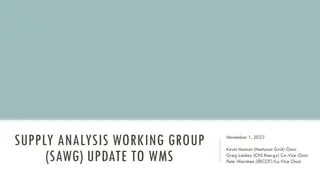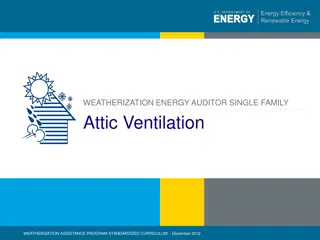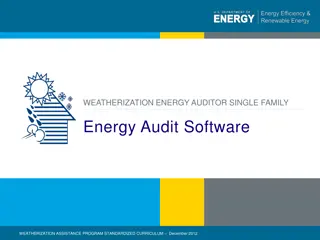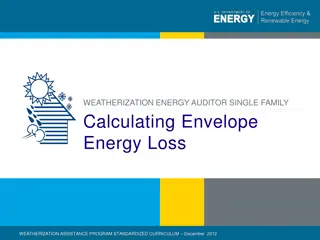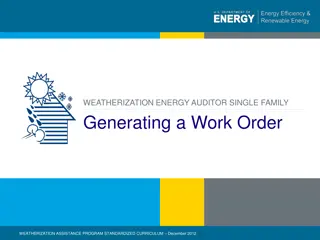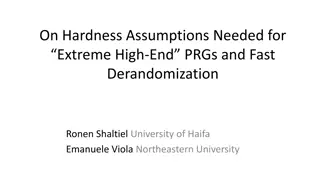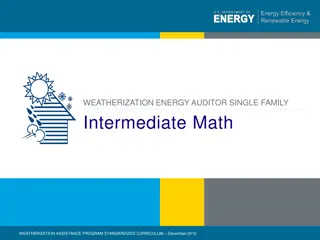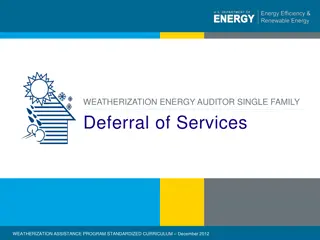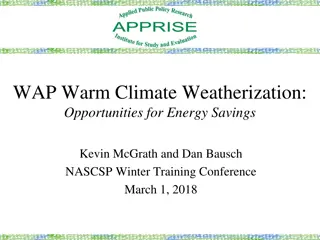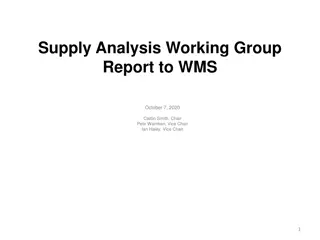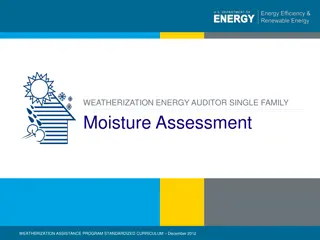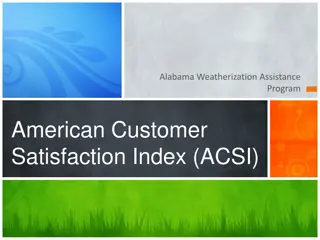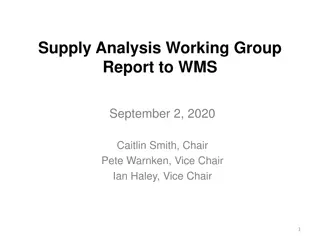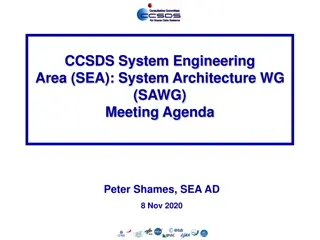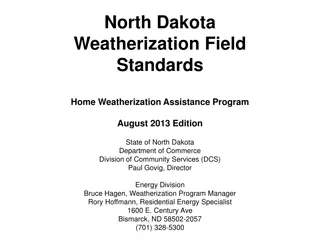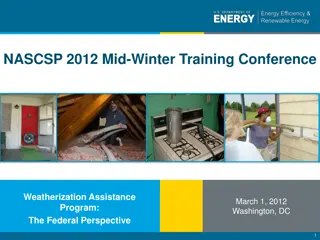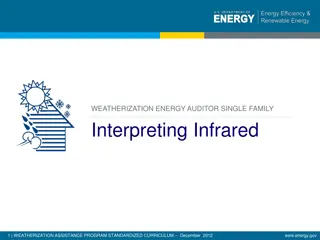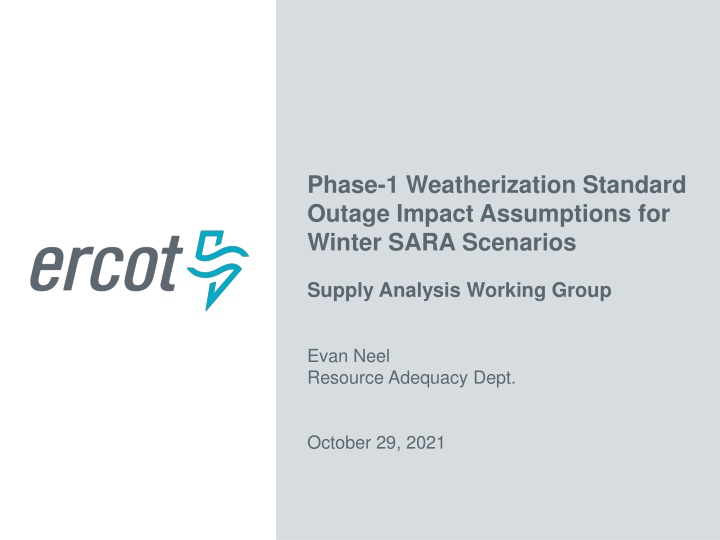
Weatherization Standard Outage Impact Assumptions for Winter SARA Scenarios
Explore the approach and steps in developing assumptions for addressing acute issues related to thermal outages, focusing on weather-related equipment failures. The analysis involves defining acute outages and utilizing datasets from ERCOT's Operations Analysis report on Winter Storm Uri.
Download Presentation

Please find below an Image/Link to download the presentation.
The content on the website is provided AS IS for your information and personal use only. It may not be sold, licensed, or shared on other websites without obtaining consent from the author. If you encounter any issues during the download, it is possible that the publisher has removed the file from their server.
You are allowed to download the files provided on this website for personal or commercial use, subject to the condition that they are used lawfully. All files are the property of their respective owners.
The content on the website is provided AS IS for your information and personal use only. It may not be sold, licensed, or shared on other websites without obtaining consent from the author.
E N D
Presentation Transcript
Phase-1 Weatherization Standard Outage Impact Assumptions for Winter SARA Scenarios Supply Analysis Working Group Evan Neel Resource Adequacy Dept. October 29, 2021
Scenario Assumption Development Approach Overall approach is to first identify x MW of thermal outages experienced during the Feb. storm that is associated with so called acute issues (per the phase-1 weatherization standards) that must be addressed by generation owners for the upcoming winter season Then, determine how much of that outage capacity we reasonably expect to be avoided if we have a storm event like Uri this upcoming winter Requires selecting and applying criteria with which to categorize outage capacity as acute , and then applying a reduction factor to the outage amount to obtain a realistically achievable amount 2 PUBLIC
Scenario Assumption Development Steps 1. Determine ERCOT-wide forced outage MWs for gas plants prior to the start of the storm event 2. Determine ERCOT-wide forced outage MWs for gas plants at the time of the peak outage amount, and define a subset associated with acute issues 3. Focus on weather-related equipment failures that can be addressed by weatherization (for example, exclude fuel limitation outages) 4. Calculate the outage MW difference between steps 1 and 2 5. Apply an achievable success factor to account for: Imperfect effectiveness of weatherization measures Future outages that may be unforeseen during the weatherization planning and implementation processes Assertions of good cause for weatherization noncompliance ( 25.55(c)(6) Weather Emergency Preparedness Reliability Standards for a Generation Entity) 3 PUBLIC
Acute Outage Definition In order to define an acute outage three different variables were analyzed: Outage Duration: minimum amount of time a unit was offline/derated Unit Capacity: minimum size of the generating unit Derate Percentage: minimum percentage of power output impact Use of the unit capacity variable assumes that generation owners will prioritize their larger units for winterization efforts 4 PUBLIC
Analysis Dataset The dataset used for the analysis was taken from ERCOT s Operations Analysis report on Winter Storm Uri Based on information taken from the Outage Scheduler Supplemented with RFI responses to better categorize outage causes Same dataset was sent to FERC for review The dataset was filtered to Exclude PUNs Exclude fuel limitation outages Include only weather-related equipment failures at gas plants 5 PUBLIC
Sensitivity Analysis Outage Duration 69% of all the outages had a duration of less than 1 day. Most of those outages have a duration of less than 12 hours. 55% of the entire dataset 6 PUBLIC
Sensitivity Analysis Unit Capacity Measurement unit changed from MW to MW-hrs to better account for magnitude of the outage Majority of units fall into the lower-mid size range of 100 to 300 MWs (59%) 7 PUBLIC
Sensitivity Analysis Derate Percentage 73% of all the outages were derated more than 75% 68% of all outages were derated 90% or higher 34% of all outages had units completely offline 8 PUBLIC
Scenarios Scenario 1 Basecase scenario with all variables set to 0. Scenario 2 Isolate the Outage Min Time variable and set it to 24 hrs Scenario 3 Isolate the Min Unit Size variable and set it to 100 MW Scenario 4 Isolate the Percentage Derate variable and set it to 90% 9 PUBLIC
Scenarios 10 PUBLIC
Scenarios Scenario 3 has little effect on the Outage MW amount compared to the basecase (Scenario 1) Altering the Outage Duration and Derate Percentage variables have a larger impact on acute outage MW totals Changing the variables also alters the peak outage time Combining all 3 variables: 11 PUBLIC
Combined Scenario *Gas Outages Only 12 PUBLIC
Moving Forward The Winter Storm Uri acute outage analysis will be used to calculate conservative and optimistic outage reduction assumptions (by altering variable sensitivities and the achievable success factor), which will be listed as a new line-item adjustment for the SARA risk scenarios Would like SAWG input on what achievable success factor values should be used for the SARA risk scenarios; we propose a value of 50% for the conservative assumption and 80% for the optimistic assumption Will accept comments through November 2nd; send to Evan.Neel@ercot.com Final values for the variables determining what qualifies as an acute outage will be fine tuned 13 PUBLIC


